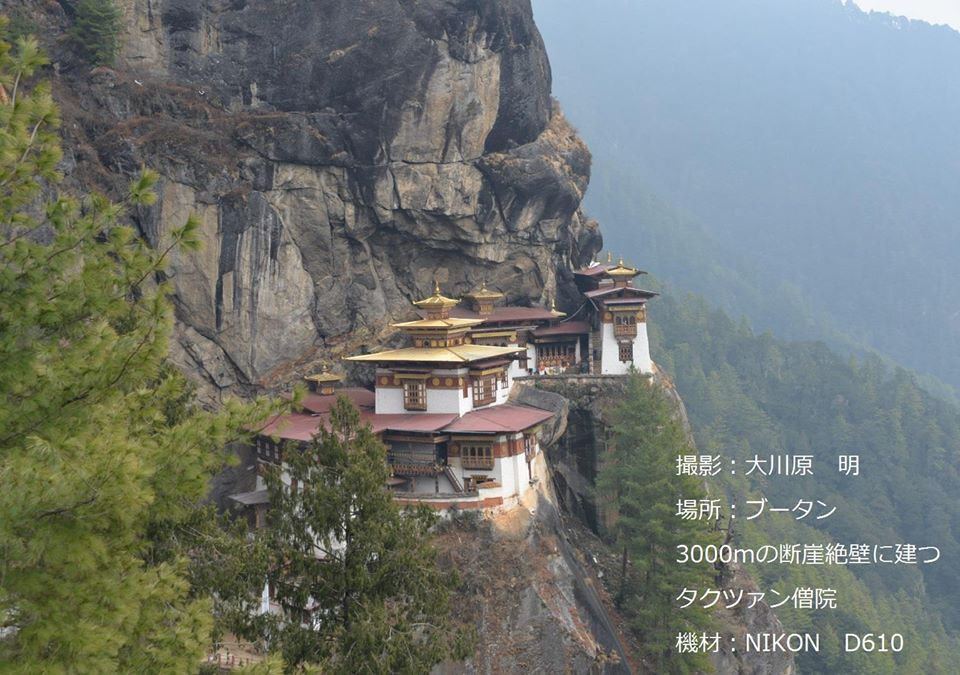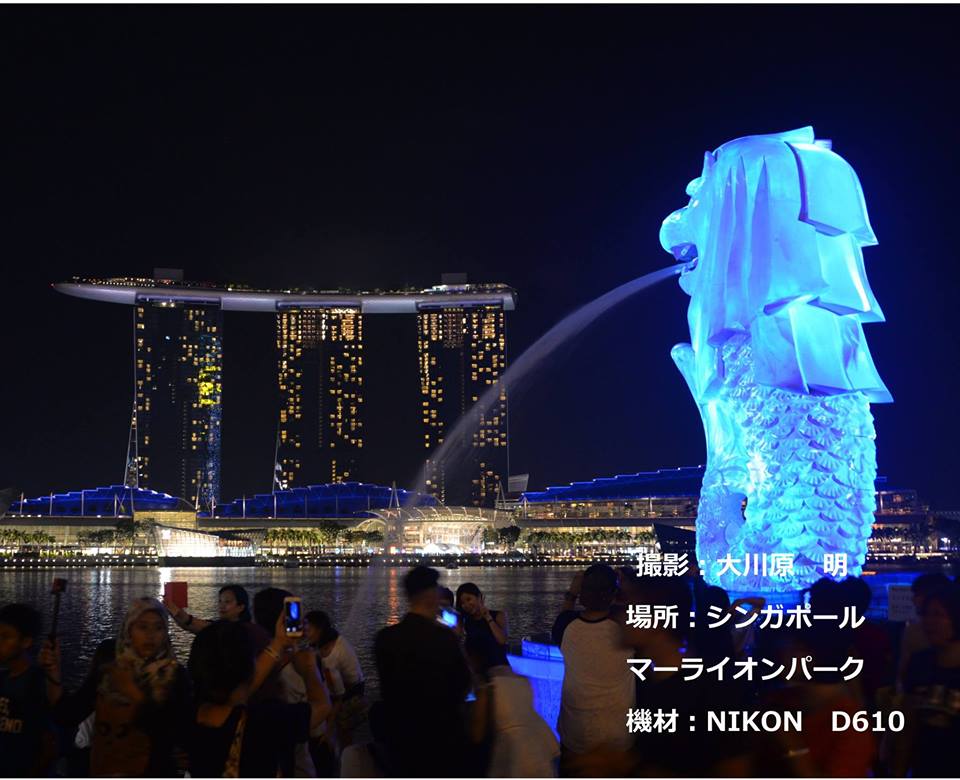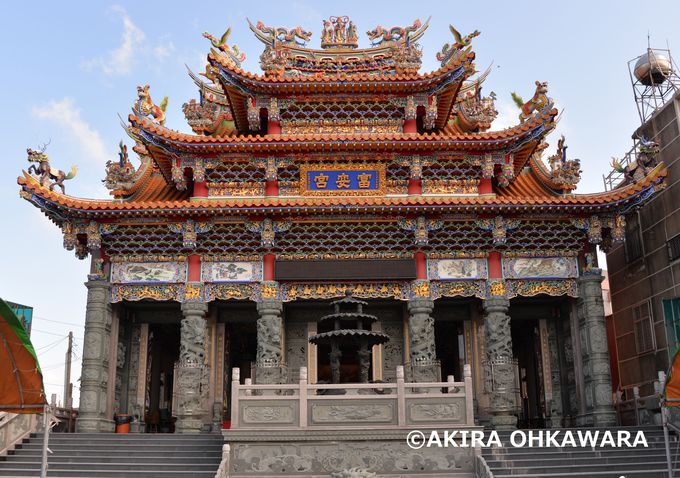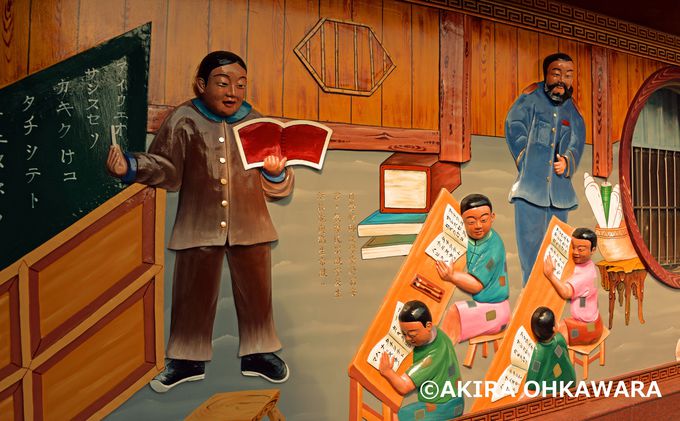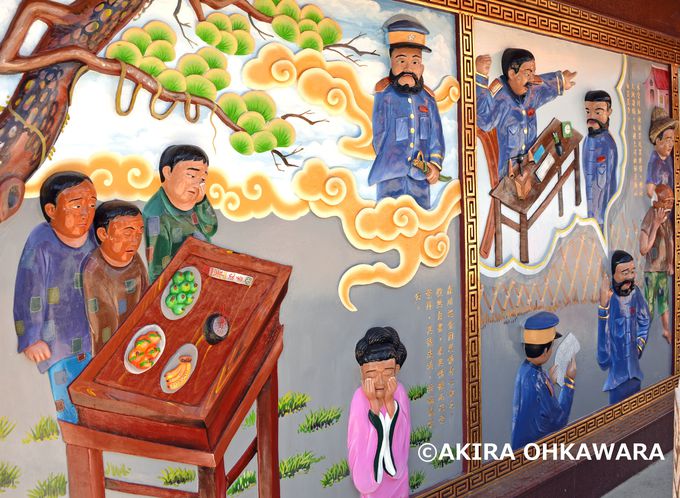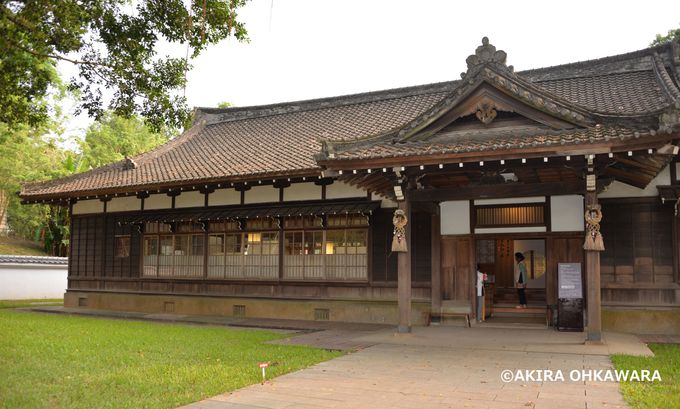ブータン王国。
ブータン最大の名所であり、標高3000mの断崖絶壁に建つブータン人の信仰の聖地でもあるタクツァン僧院の参拝。
8世紀にチベットからブータンにやってきてチベット仏教を伝えたパドマサンバヴァ。
彼は、この地に虎の背中に乗ってやってきたという言い伝えが残っています。
タクツァンというのは、虎の巣という意味です。パドマサンバヴァは、パロ地方の人々に仏教を広めました。
タクツァンには全部で13の僧院があると言われてますが、そのうちの一つが写真の建物です。僧院は断崖絶壁に張りつくような形で17世紀終わりに建てられましたが、1998年に不審火もしくは電気系統のショートによる火災で全焼し、その後2004年に再建されたものです。
タクツァン僧院はパロの郊外にありますが、前述したように2550メートルの駐車場まで車で行き、そこからは徒歩しか交通手段はありません。(お金を払い途中まで乗馬も出来る)
Paro Taktsang (Palphug Monastery and the Tiger’s Nest) is a prominent Himalayan Buddhist sacred site and the temple complex is located in the cliffside of the upper Paro valley in Bhutan.
A temple complex was first built in 1692, around the Taktsang Senge Samdup cave where Guru Padmasambhava is said to have meditated for three years, three months, three weeks, three days and three hours in the 8th century. Padmasambhava is credited with introducing Buddhism to Bhutan and is the tutelary deity of the country. Today, Paro Taktsang is the best known of the thirteen taktsang or “tiger lair” caves in which he meditated.
The temple devoted to Padmasambhava (also known as Gu-ru mTshan-brgyad Lhakhang, “the Temple of the Guru with Eight Names”) is an elegant structure built around the cave in 1692 by Gyalse Tenzin Rabgye; and has become the cultural icon of Bhutan. A popular festival, known as the Tsechu, held in honor of Padmasambhava, is celebrated in the Paro valley sometime during March or April.
